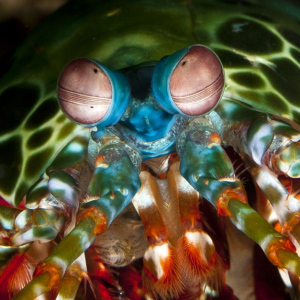Mulga snakes can attack humans while they are sleeping, a behavior rare in other snake species.
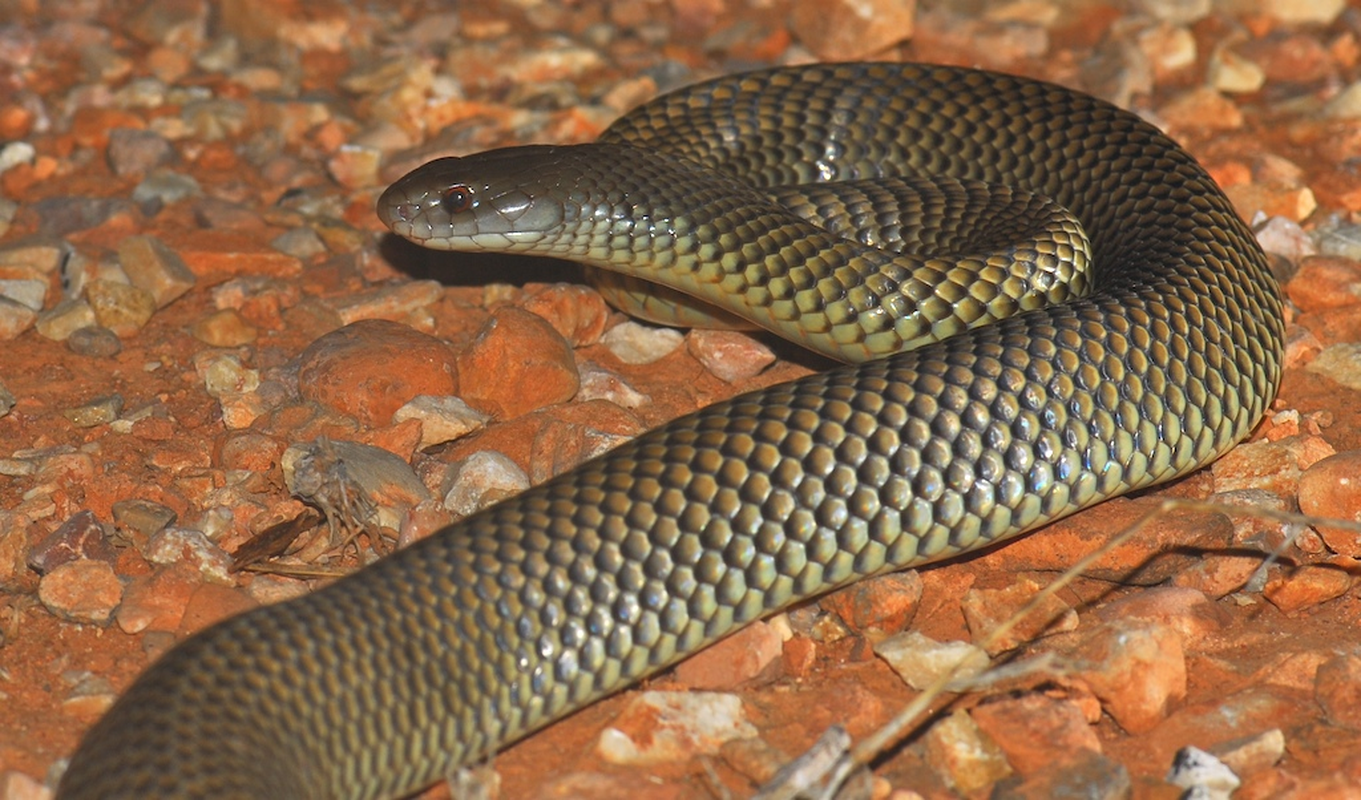
The Mulga , also known as the King Brown Snake (Pseudechis australis), is one of the largest and most feared venomous snakes in Australia. (Photo:Wikipedia)
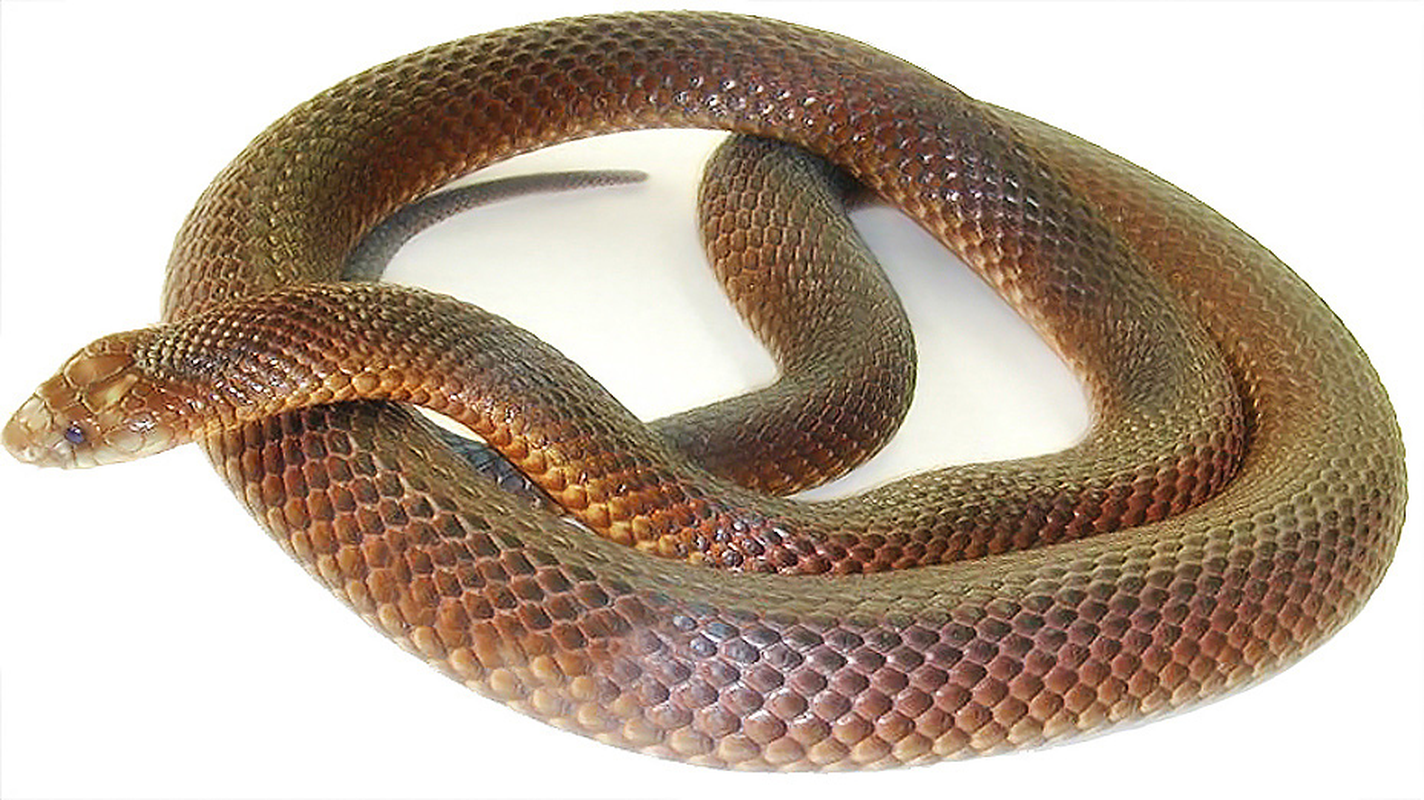
With a length of up to 3 metres, the Mulga is impressive not only for its size but also for the huge amount of venom it can secrete in each bite. (Photo:Wikipedia)
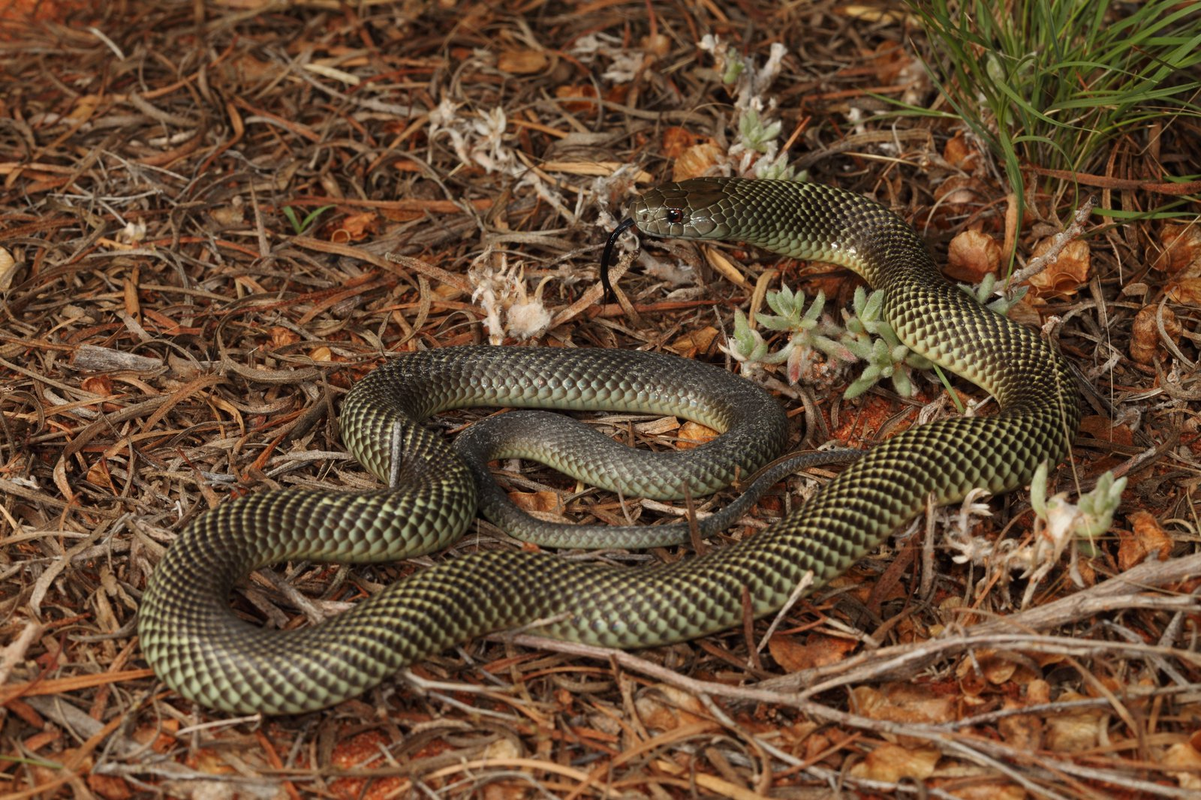
Mulga snakes are dark brown, with a powerful body and large head. They are often found in arid and semi-arid areas of Australia, from Queensland to Western Australia. This snake has the ability to adapt well to harsh habitats, from forests to deserts. (Photo: Australian Museum)
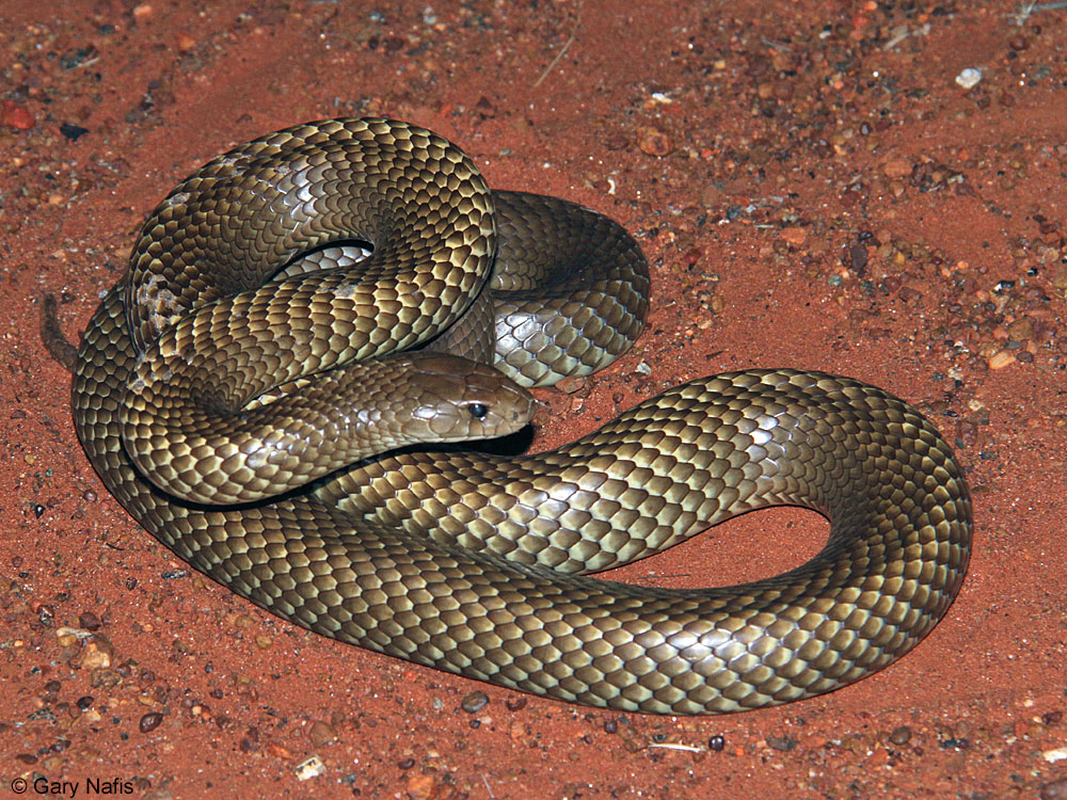
Although the venom of the Mulga is not as potent as the Inland Taipan (the most venomous snake on land), the amount of venom it secretes in each bite is more than any other snake. On average, each bite of a Mulga snake can secrete about 150mg of venom, causing symptoms such as extreme pain, hemolysis, cell destruction and affecting the nervous system. (Photo: California Herps)
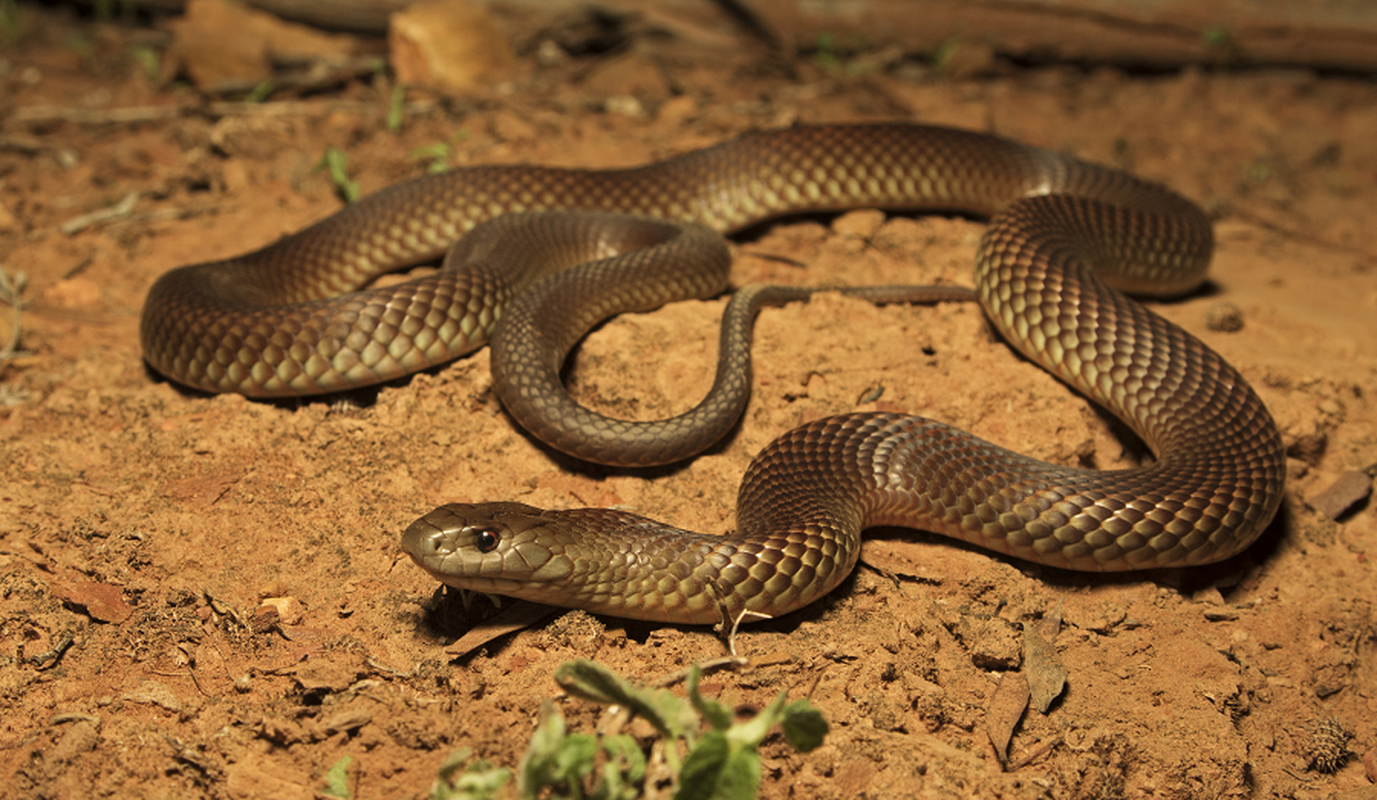
Mulga snakes usually hunt at night, using their keen sense of smell and heat sensing ability to detect prey. (Photo: ReWild Perth)
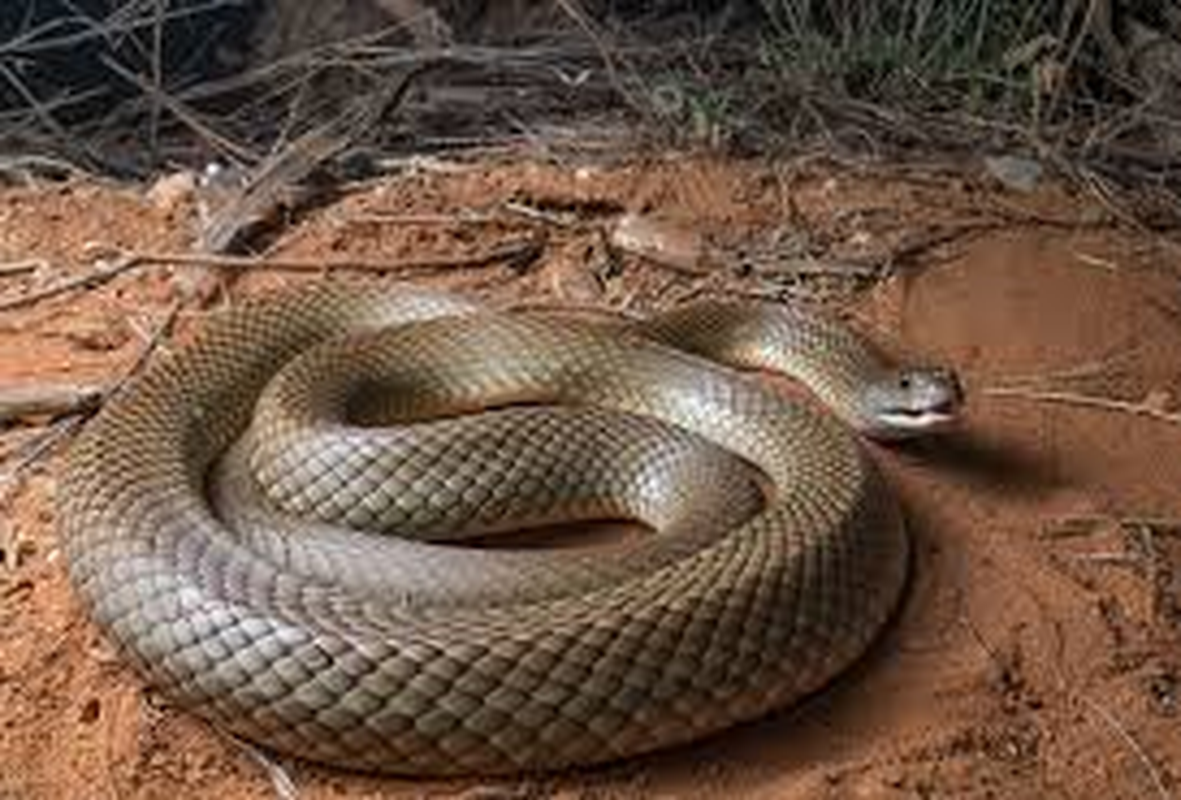
What is especially scary is that this snake can attack humans while they are sleeping, a behavior rarely seen in other snake species. Studies show that most attacks occur in the summer, when the weather is warm and Mulga snakes are more active. (Photo: iNaturalist UK)
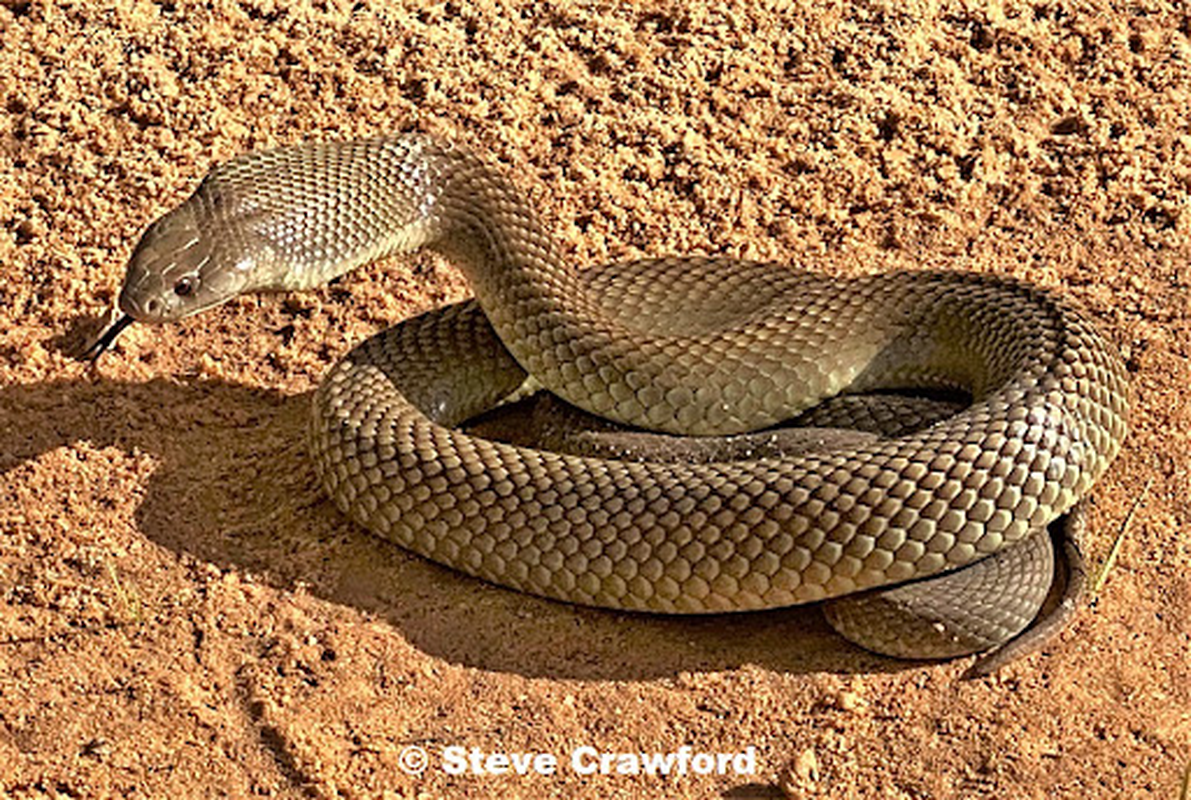
Despite being dangerous, Mulga snakes play an important role in the Australian ecosystem. They help control the number of rodents and other small animals, maintaining ecological balance. However, urban development and habitat loss are threatening the survival of this snake species. (Photo: The Reptiles of Australia)
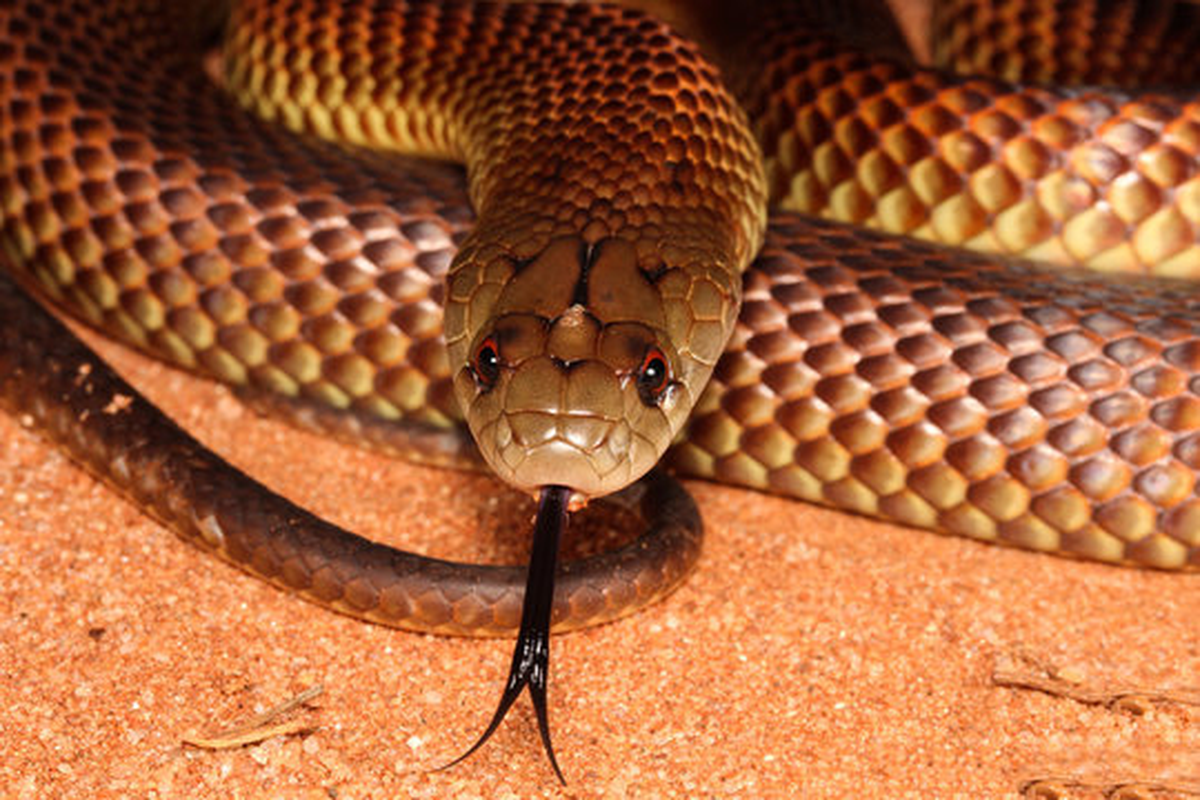
Mulga snakes are a symbol of the wild and harsh nature of Australia. Understanding this snake species not only helps us avoid potential dangers but also helps protect and maintain the biodiversity of the planet. (Photo: Adobe Stock)




